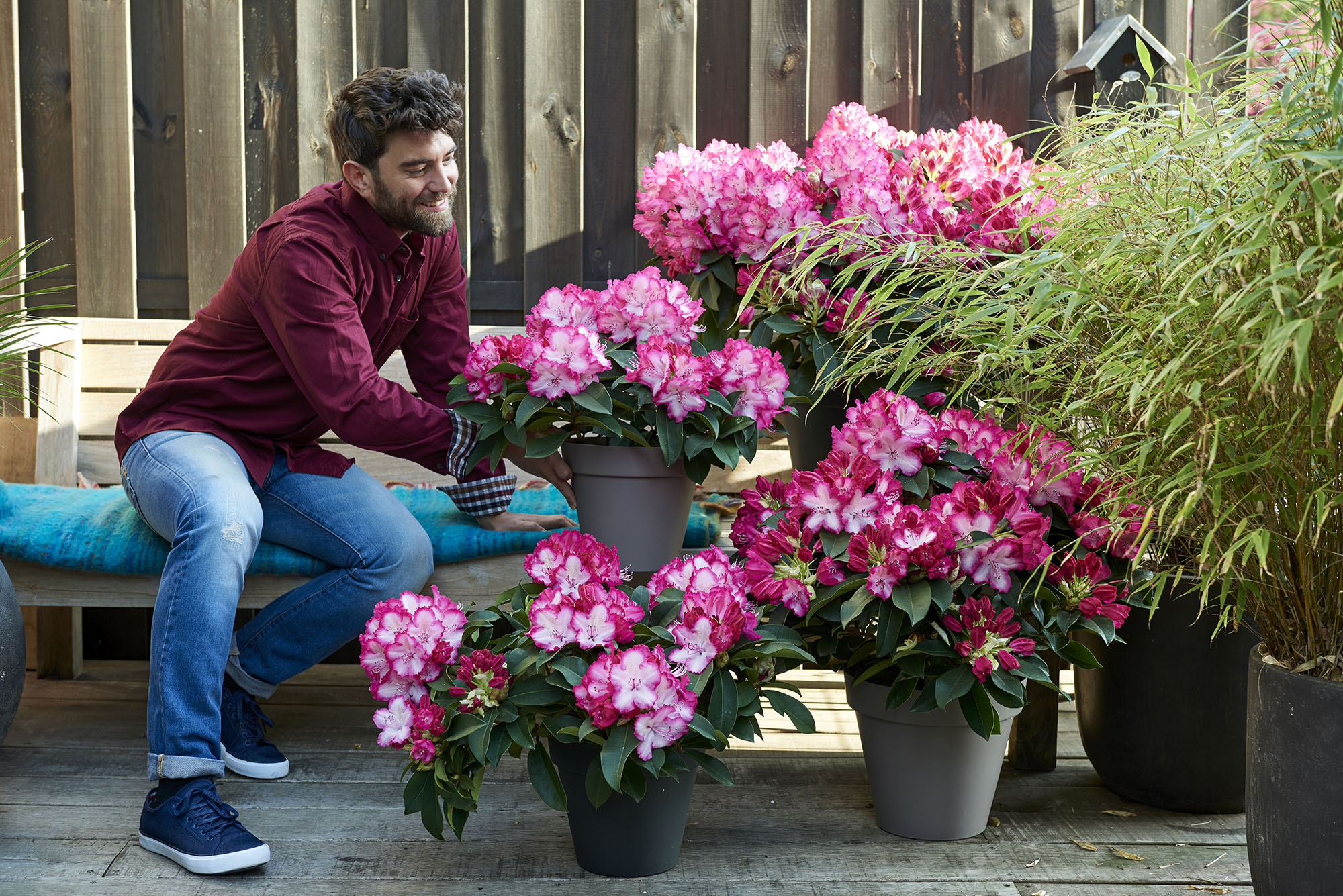In your quest to attract hummingbirds, it’s crucial to discover flowers that can flourish and thrive in your specific weather conditions. If the climate is excessively hot or cold, these plants may wither or fail to produce enough flowers to provide nectar for hummingbirds.
The United States Department of Agriculture has created a plant hardiness zone map, which divides the country into 13 zones based on average minimum temperatures. Additionally, each state contains various zones. Different plants thrive in different zones and can withstand minimum temperatures, but they may struggle to survive in excessively cold climates.
Georgia, known for its hot summers and mild winters, falls within plant hardiness zones 6 to 9, with the southern regions being warmer than the northern areas.
It’s important to note that certain plants may also struggle in excessively hot conditions. To address this, the American Horticultural Society developed a plant heat-zone map that indicates the average number of days an area experiences temperatures over 86 degrees Fahrenheit. In Georgia, the plant heat zones range from 5 to 9, with the southern regions being hotter than the northern areas.
To ensure the suitability of plants for attracting hummingbirds in Georgia, it is vital to consider both the cold zones and heat zones. By doing so, you can ensure that these plants not only possess beautiful nectar-rich flowers that hummingbirds adore but also thrive within Georgia’s specific weather conditions.
For instance, plants suitable for hardiness zones 7-8 may struggle to survive the colder winters in zones 6-7 of Georgia without proper protection. Therefore, planting a variety of these recommended flowers will enhance your chances of attracting hummingbirds in Georgia.
Now, let’s explore some of these delightful plants for hummingbirds in Georgia, along with their unique characteristics and requirements:
1. Trumpet Vine
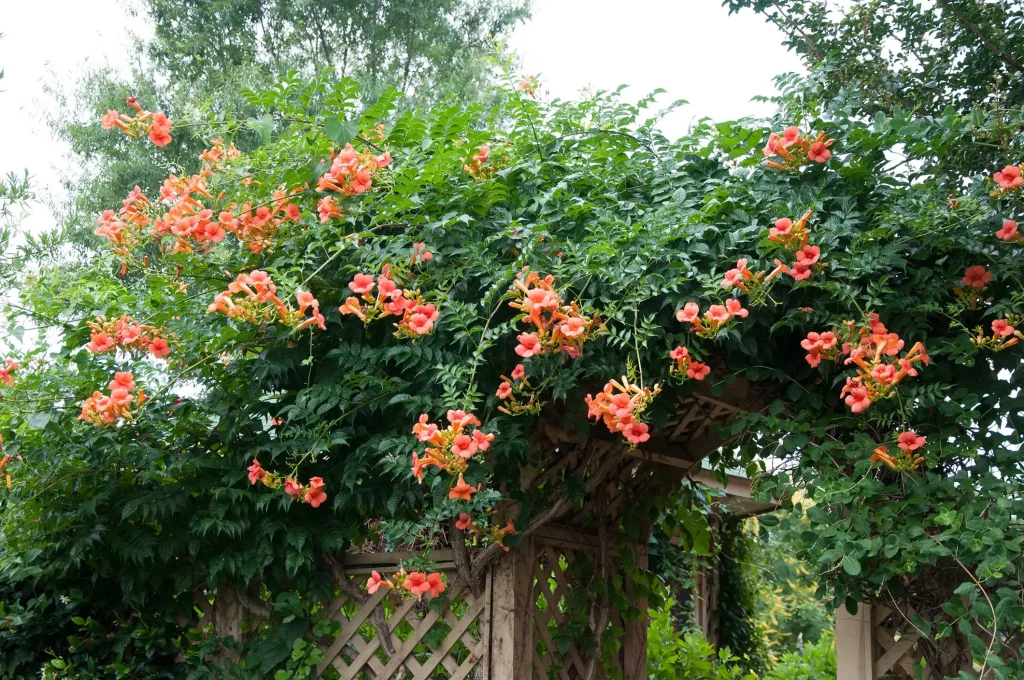
Trumpet vine, scientifically known as Campsis radicans, hails from the Bignoniaceae family and is native to the eastern United States. This fast-growing, fast-spreading woody vine produces beautiful flowers that hummingbirds find irresistible. Some refer to it as the hummingbird vine due to its allure to these avian visitors. While it thrives under full sunlight, it can also survive in partial shade. Regular pruning is necessary to control its growth and prevent excessive spreading.
2. Rhododendron
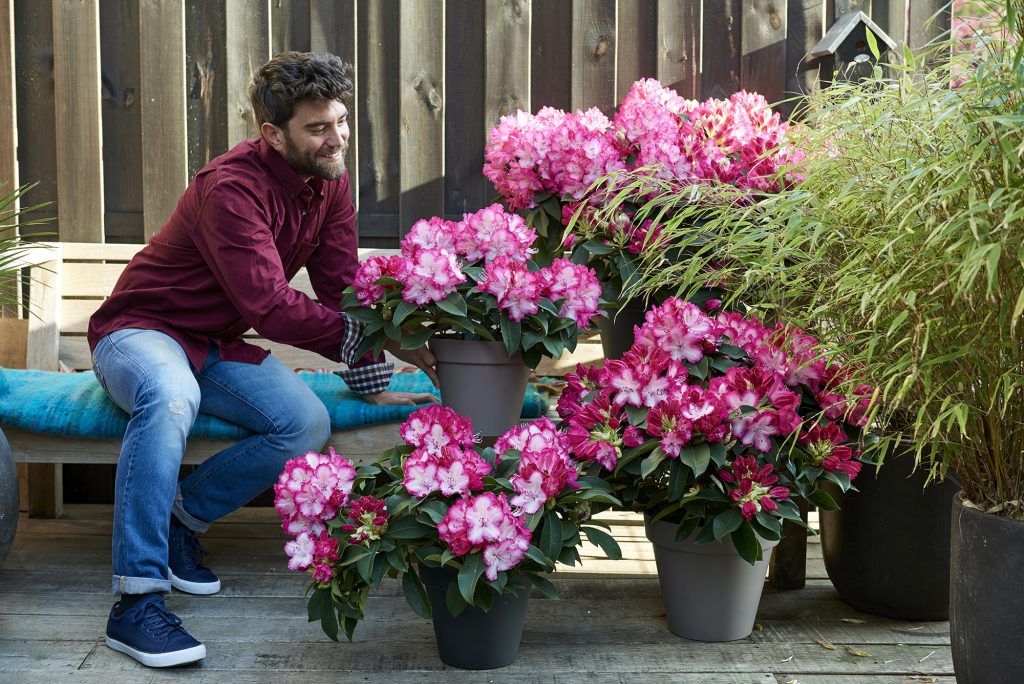
Rhododendrons belong to the heather family, Ericaceae, and encompass a diverse range of woody plants. These evergreen shrubs are prized for their ornamental beauty, bright and colorful flowers, and their ability to attract hummingbirds. They vary in size, with some being tiny shrubs and others growing into large trees. Early spring is an ideal time for planting, and they prefer well-drained acidic soil and partial shade.
3. Veronica
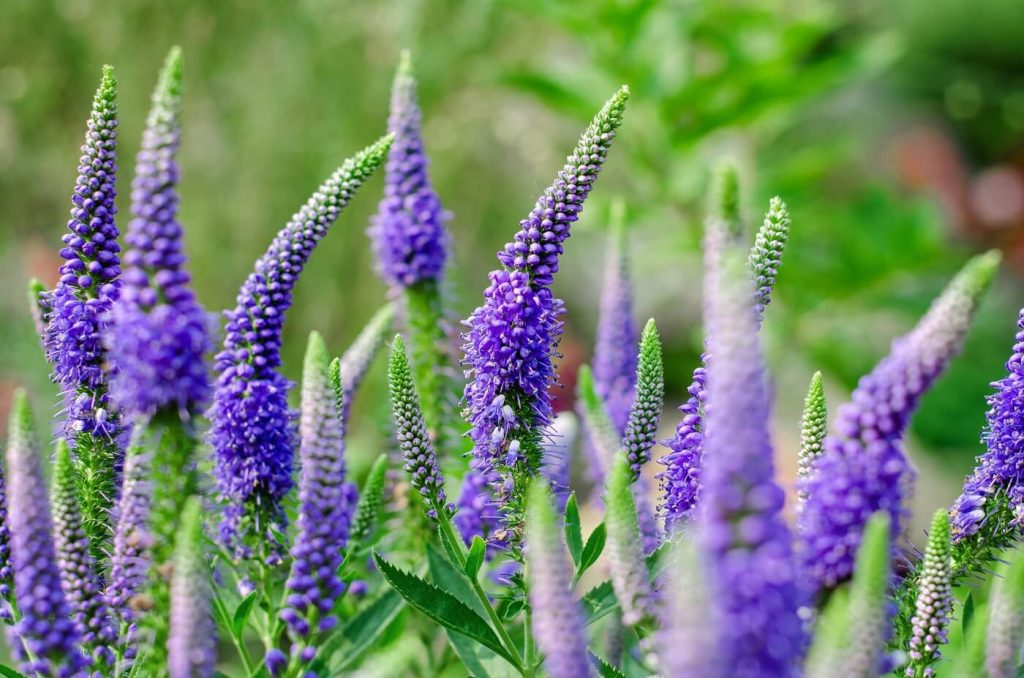
Veronicas are flowering plants belonging to the Plantaginaceae family and encompass around 500 species. They are known for their herbaceous annuals or perennials, native to the temperate Northern Hemisphere. Veronicas come in various varieties, from low-growing ground covers to tall plants with vertical flower spikes. These spikes feature tiny flowers in colors such as white, pink, purple, and blue, which hummingbirds, butterflies, and bees find attractive. They thrive in full sunlight and require well-drained soil.
4. Figwort
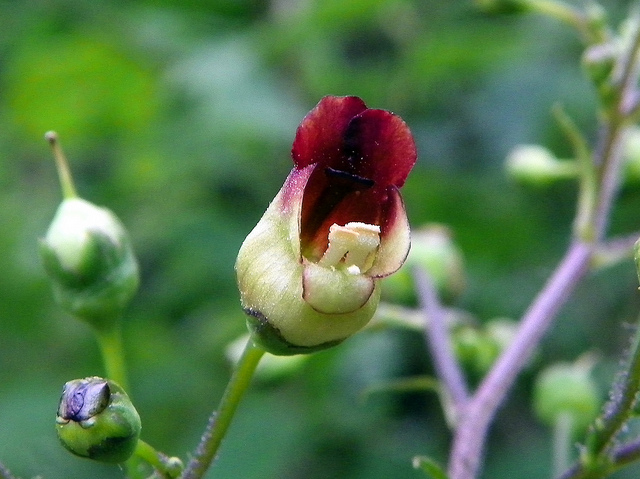
Figwort, part of the Scrophularia genus, comprises around 200 species of herbaceous flowering plants. One notable species is the Mimbres Figwort (Scrophularia macrantha), which is pollinated by hummingbirds. This plant produces striking red, two-lipped flowers that bloom from summer into fall. Their tubular shape and vivid color make them irresistible to hummingbirds. Figworts prefer full sun, regular watering when young, and well-drained soil. They can tolerate some shade but generally thrive in sunny locations.
5. Bee Balm
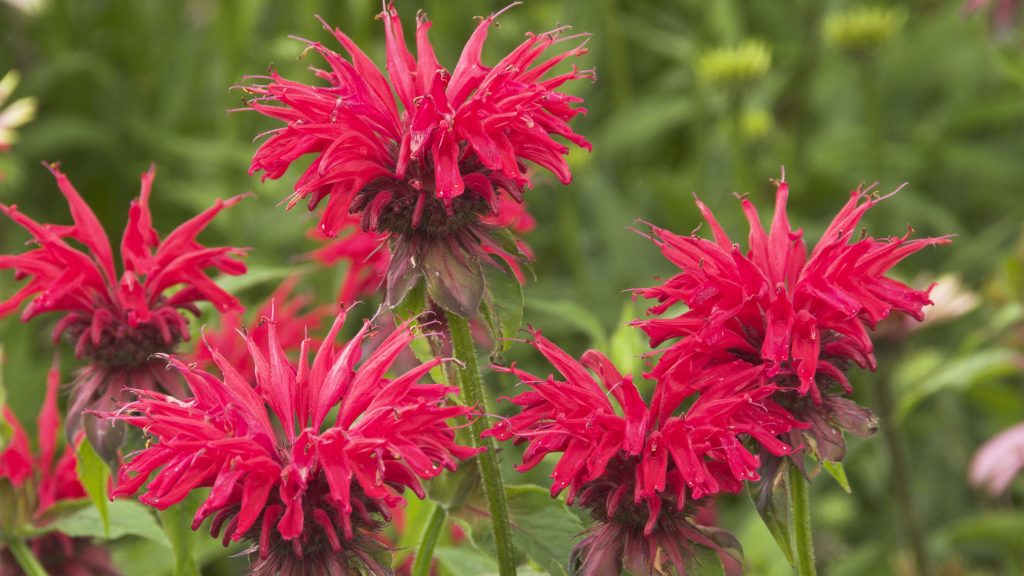
Bee Balm, also known as Monarda, is a herbaceous perennial plant native to North America. It belongs to the mint family, Lamiaceae, and is renowned for its vibrant, tubular flowers that attract not only bees but also hummingbirds. The flowers come in various colors, including shades of red, pink, purple, and white. Bee Balm prefers full sun to partial shade and moist, well-drained soil. Regular deadheading can help prolong the blooming period and keep the plant tidy.
6. Cardinal Flower
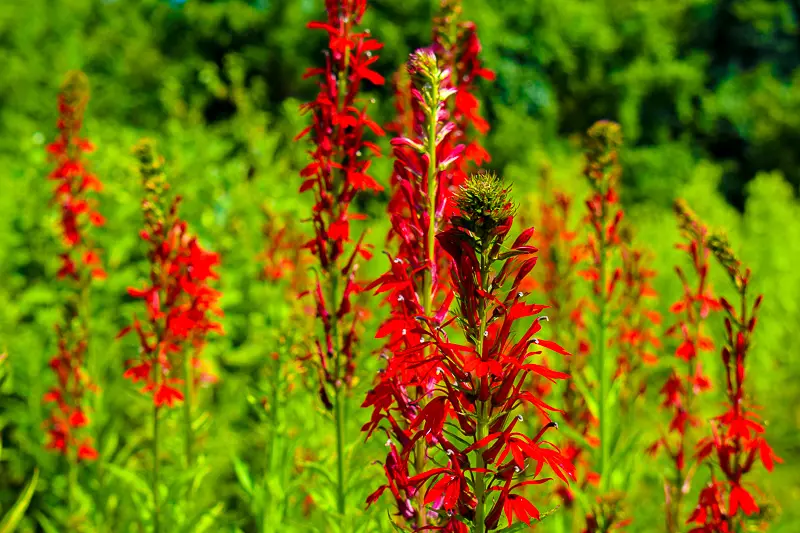
The Cardinal Flower (Lobelia cardinalis) is a perennial native to North America and a favorite of hummingbirds. This plant produces stunning, bright red tubular flowers on tall stalks, creating an eye-catching display in gardens. It prefers moist to wet soil conditions, making it an excellent choice for areas near ponds, streams, or rain gardens. Cardinal flowers thrive in partial shade but can tolerate full sun with sufficient moisture.
7. Salvia
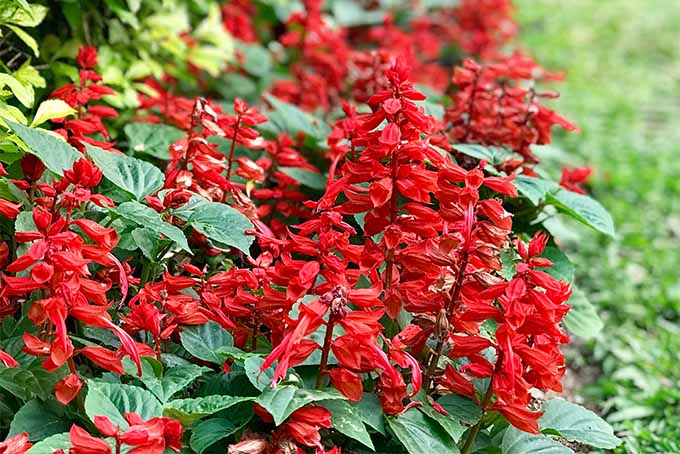
Salvia, commonly known as sage, is a diverse genus of plants with more than 900 species. Many varieties of Salvia produce nectar-rich flowers that attract hummingbirds. The flowers come in various colors, including shades of red, pink, purple, and blue. Salvia prefers full sun and well-drained soil. It is a drought-tolerant plant once established, making it suitable for Georgia’s hot and dry summers.
8. Butterfly Bush
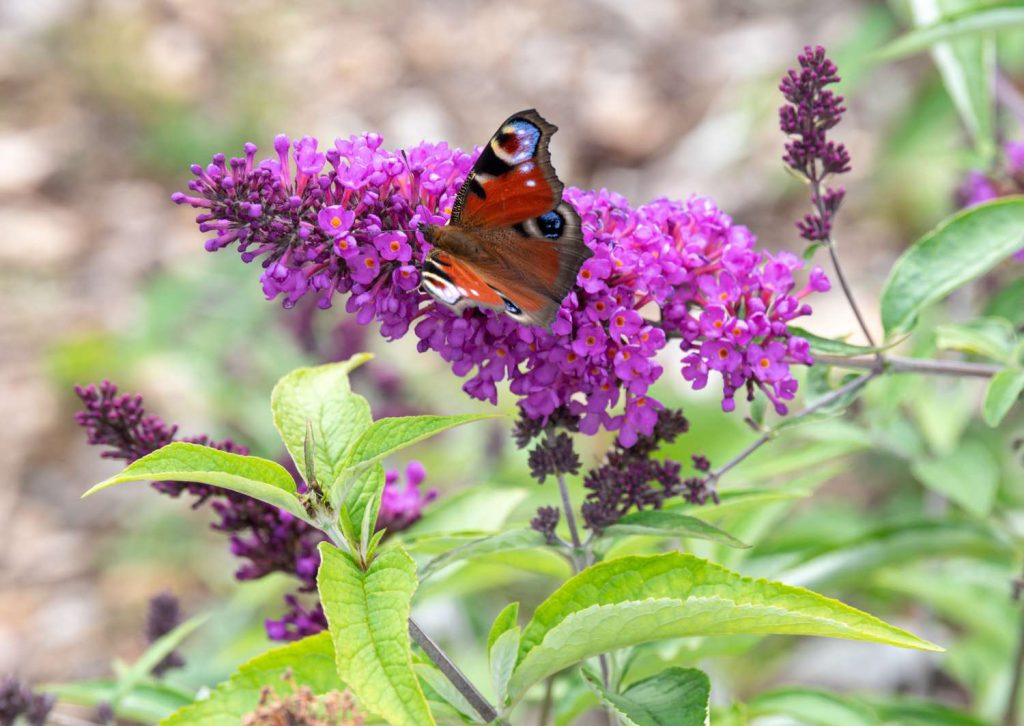
Butterfly Bush, scientifically known as Buddleja davidii, is a shrub native to China that has become popular for its ability to attract butterflies, bees, and hummingbirds. It produces long, cone-shaped flower clusters in vibrant colors, including purple, pink, white, and yellow. Butterfly Bush prefers full sun and well-drained soil. Regular pruning is recommended to maintain its shape and promote continuous blooming.
9. Lantana
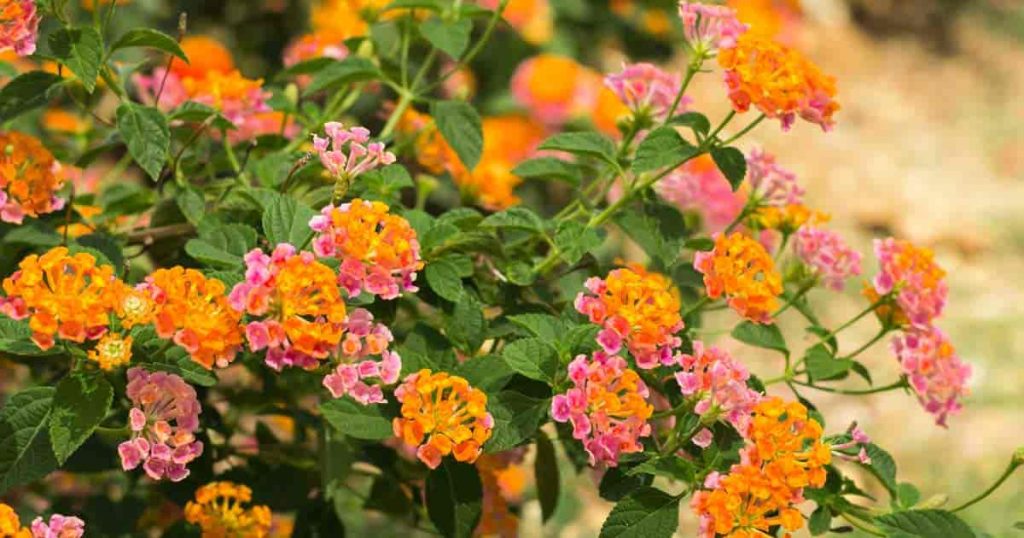
Lantana is a genus of flowering plants comprising around 150 species. These plants are valued for their colorful flower clusters and their ability to attract butterflies and hummingbirds. Lantana flowers come in a variety of hues, including red, orange, yellow, pink, and purple. They thrive in full sun and well-drained soil. Lantana is known for its heat tolerance and ability to bloom continuously throughout the warm months.
10. Red Hot Poker
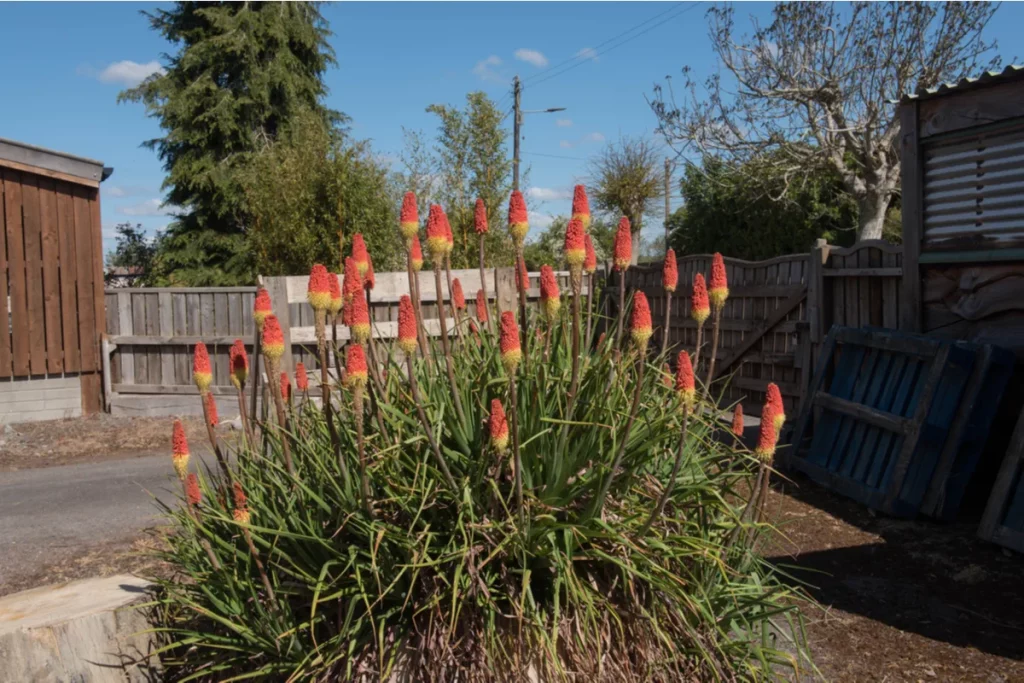
Red Hot Poker, scientifically known as Kniphofia, is a perennial plant with tall flower spikes that resemble fiery torches. These spikes are adorned with tubular flowers in shades of red, orange, and yellow, which hummingbirds find irresistible. Red Hot Poker prefers full sun and well-drained soil. It is a drought-tolerant plant that can withstand hot summers.
11. Penstemon
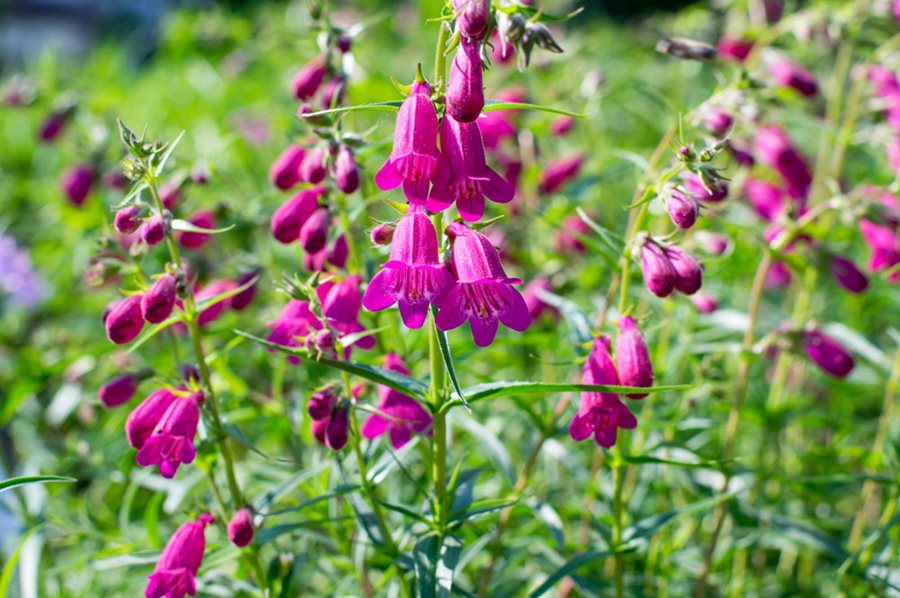
Penstemon, also known as Beardtongue, is a genus of flowering perennials that are native to North America. They produce tubular-shaped flowers in various colors, including shades of red, pink, purple, and blue. These flowers provide a rich source of nectar for hummingbirds. Penstemon thrives in full sun and well-drained soil. They are generally drought-tolerant and can withstand hot and dry conditions.
12. Columbine
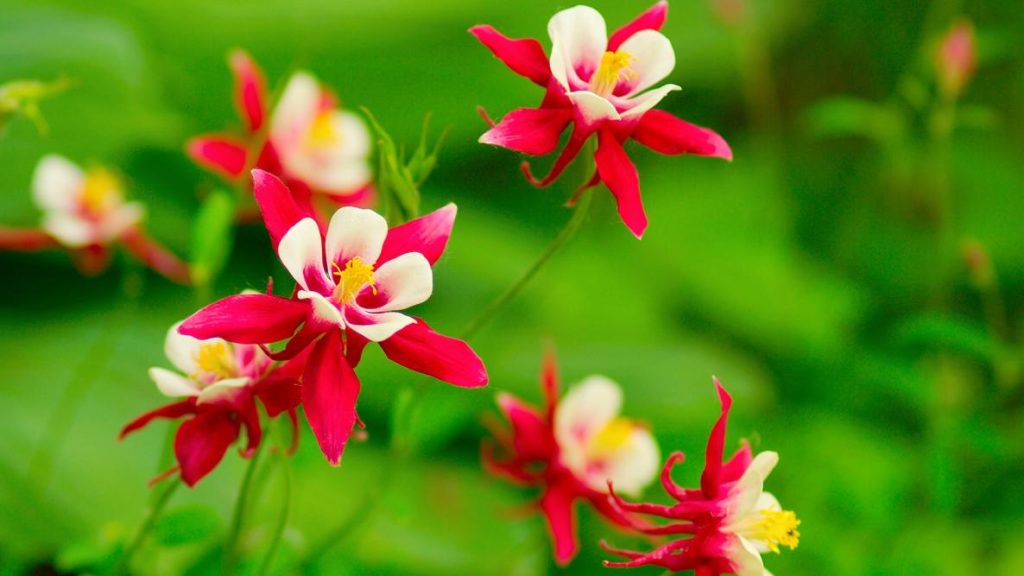
Columbine, scientifically known as Aquilegia, is a perennial plant that is cherished for its unique, bell-shaped flowers. The flowers come in a range of colors, including red, pink, yellow, blue, and purple. Columbine blooms in spring and early summer, attracting hummingbirds with its nectar-filled spurs. It prefers partial shade and moist, well-drained soil.
13. Coral Honeysuckle

Coral Honeysuckle, or Lonicera sempervirens, is a vine native to the southeastern United States. It produces clusters of tubular, coral-colored flowers that hummingbirds find irresistible. Coral Honeysuckle blooms from late spring to summer and prefers full sun to partial shade. It requires well-drained soil and can be trained to climb on fences, trellises, or arbors.
14. Agastache
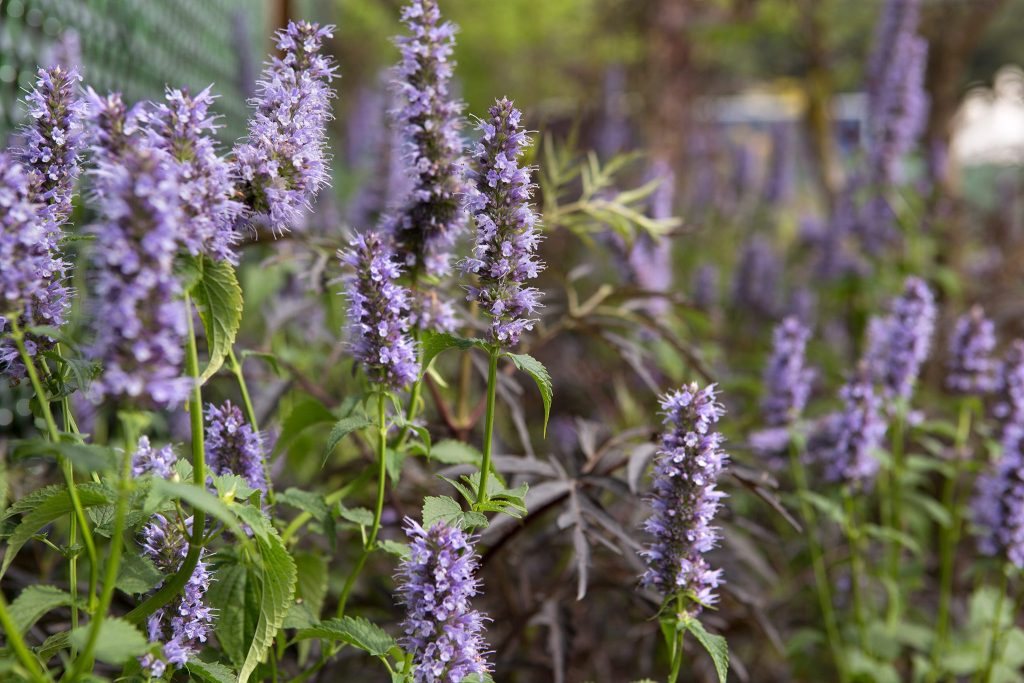
Agastache, commonly known as Hyssop or Hummingbird Mint, is a group of flowering perennials that attract both hummingbirds and butterflies. They feature dense spikes of tubular flowers in shades of red, orange, pink, and purple. Agastache prefers full sun and well-drained soil. These plants are also known for their aromatic foliage, adding another dimension of interest to your garden.
15. Lobelia
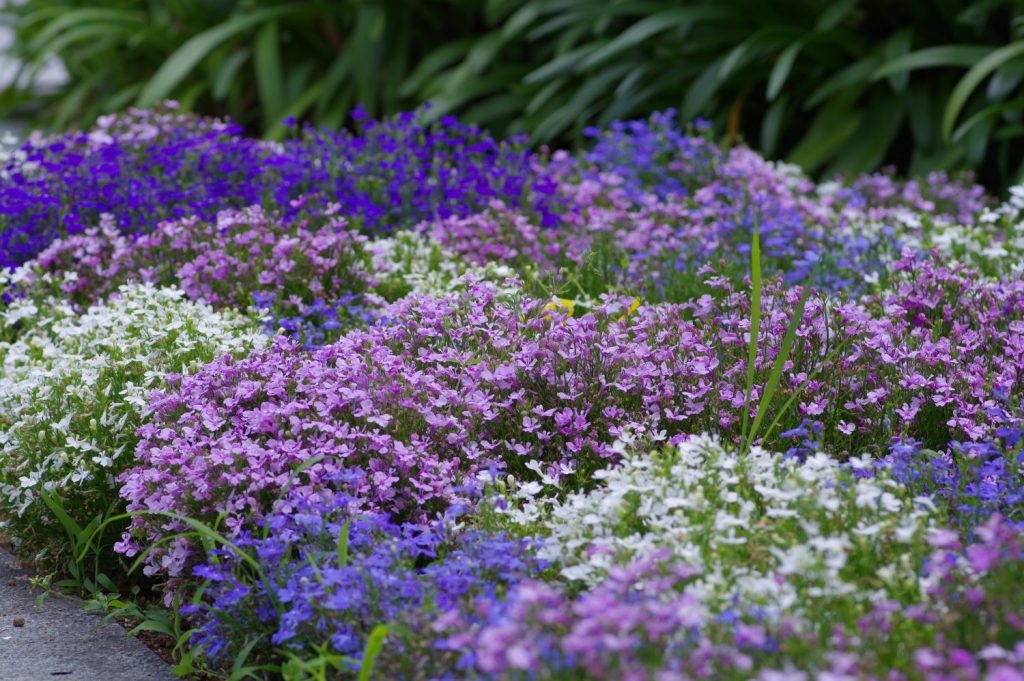
Lobelia is a genus of flowering plants that includes both annuals and perennials. One popular species, Lobelia erinus, produces cascading flowers in vibrant shades of red, blue, and white. These flowers are excellent for attracting hummingbirds and adding a trailing element to hanging baskets or containers. Lobelia thrives in partial shade and moist, well-drained soil.
16. Cardinal Climber
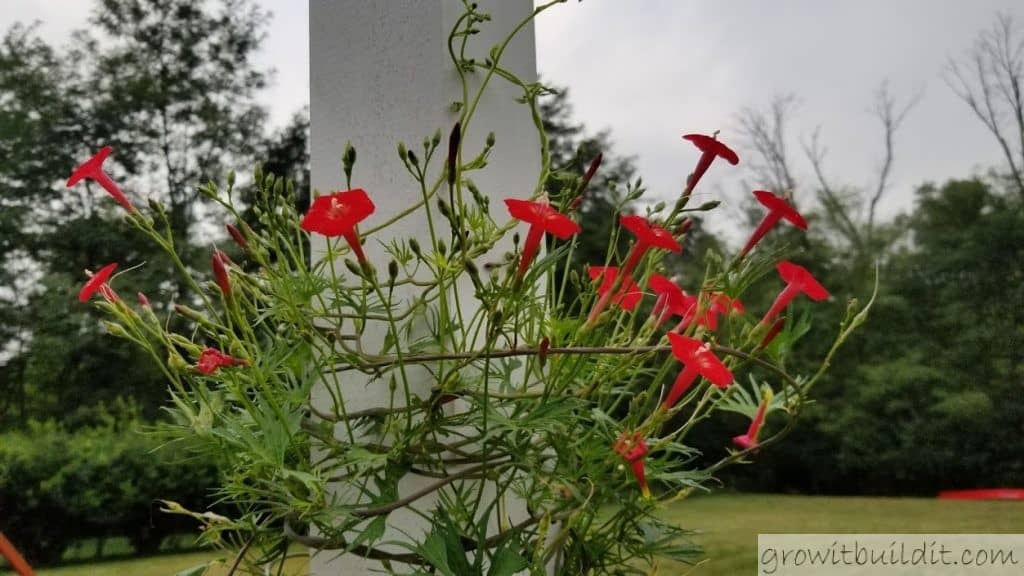
Cardinal Climber (Ipomoea sloteri) is a fast-growing annual vine that produces trumpet-shaped flowers in shades of bright red. Its attractive blooms, coupled with its long flowering period, make it a favorite among hummingbirds. Cardinal Climber prefers full sun and well-drained soil. It can be trained to climb on trellises, fences, or other structures.
17. Four O’Clock

Four O’Clock (Mirabilis jalapa) is a perennial plant known for its fragrant, trumpet-shaped flowers that bloom in the late afternoon and evening. The flowers come in various colors, including shades of red, pink, yellow, and white. Four O’Clock attracts hummingbirds with its sweet nectar and thrives in full sun or partial shade. It tolerates a wide range of soil conditions.
18. Bee Balm
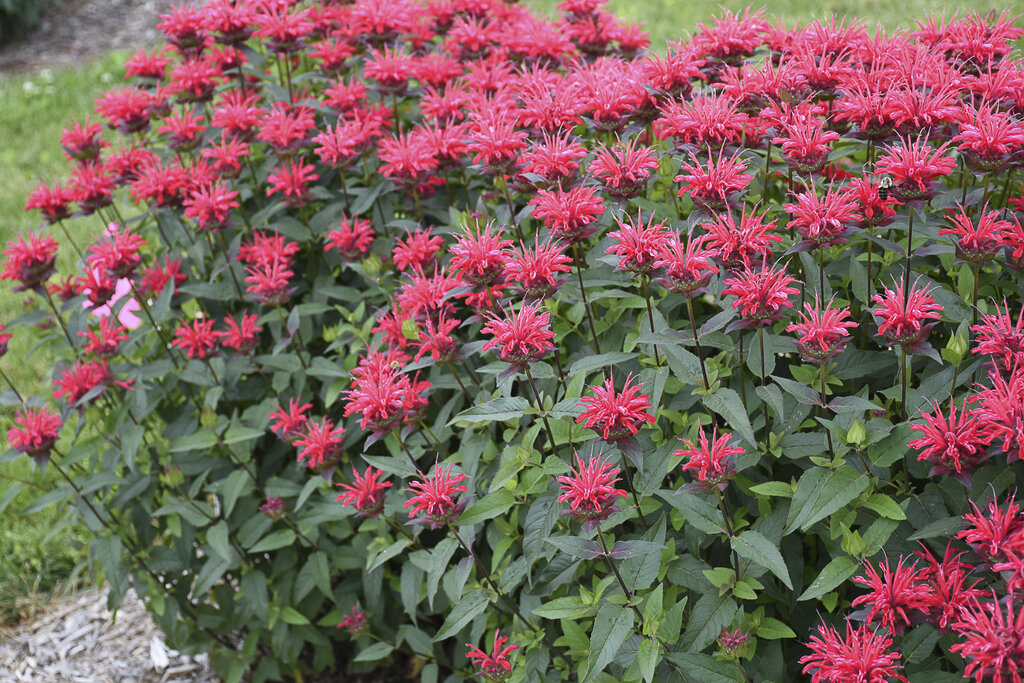
Bee Balm, also known as Monarda, is a herbaceous perennial plant native to North America. It belongs to the mint family, Lamiaceae, and is renowned for its vibrant, tubular flowers that attract not only bees but also hummingbirds. The flowers come in various colors, including shades of red, pink, purple, and white. Bee Balm prefers full sun to partial shade and moist, well-drained soil. Regular deadheading can help prolong the blooming period and keep the plant tidy.
19. Cardinal Flower

The Cardinal Flower (Lobelia cardinalis) is a perennial native to North America and a favorite of hummingbirds. This plant produces stunning, bright red tubular flowers on tall stalks, creating an eye-catching display in gardens. It prefers moist to wet soil conditions, making it an excellent choice for areas near ponds, streams, or rain gardens. Cardinal flowers thrive in partial shade but can tolerate full sun with sufficient moisture.
20. Salvia
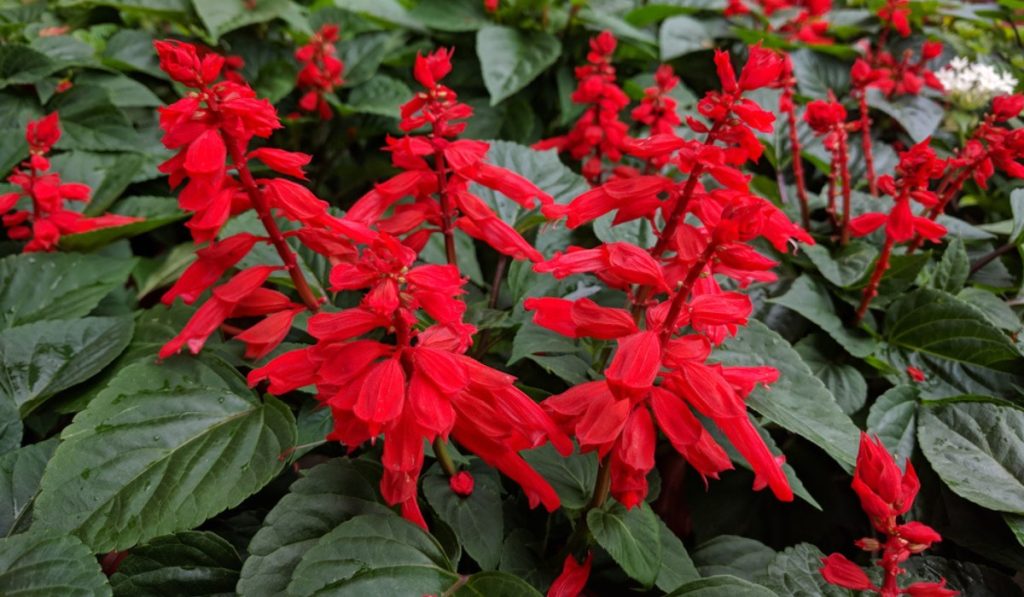
Salvia, commonly known as sage, is a diverse genus of plants with more than 900 species. Many varieties of Salvia produce nectar-rich flowers that attract hummingbirds. The flowers come in various colors, including shades of red, pink, purple, and blue. Salvia prefers full sun and well-drained soil. It is a drought-tolerant plant once established, making it suitable for Georgia’s hot and dry summers.
21. Butterfly Bush

Butterfly Bush, scientifically known as Buddleja davidii, is a shrub native to China that has become popular for its ability to attract butterflies, bees, and hummingbirds. It produces long, cone-shaped flower clusters in vibrant colors, including purple, pink, white, and yellow. Butterfly Bush prefers full sun and well-drained soil. Regular pruning is recommended to maintain its shape and promote continuous blooming.
22. Lantana
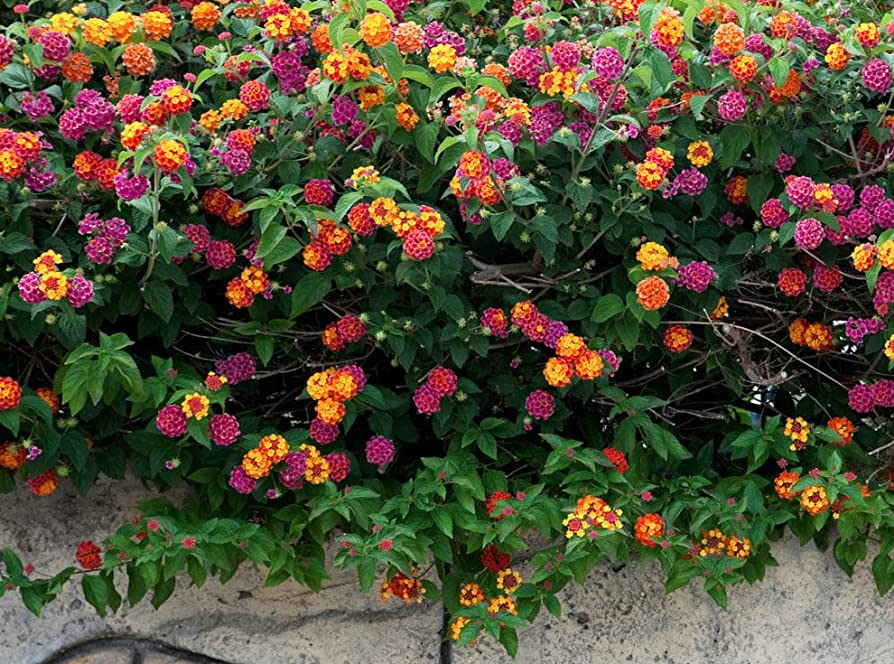
Lantana is a genus of flowering plants comprising around 150 species. These plants are valued for their colorful flower clusters and their ability to attract butterflies and hummingbirds. Lantana flowers come in a variety of hues, including red, orange, yellow, pink, and purple. They thrive in full sun and well-drained soil. Lantana is known for its heat tolerance and ability to bloom continuously throughout the warm months.
23. Red Hot Poker
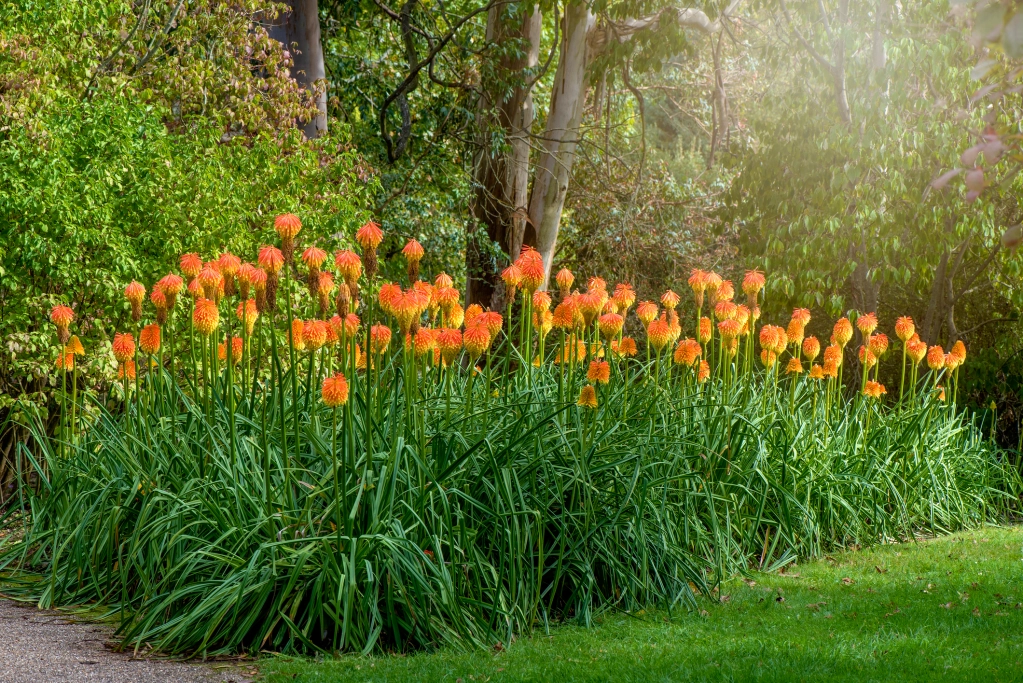
Red Hot Poker, scientifically known as Kniphofia, is a perennial plant with tall flower spikes that resemble fiery torches. These spikes are adorned with tubular flowers in shades of red, orange, and yellow, which hummingbirds find irresistible. Red Hot Poker prefers full sun and well-drained soil. It is a drought-tolerant plant that can withstand hot summers.
24. Coral Bells

Coral Bells, or Heuchera, are herbaceous perennials appreciated for their attractive foliage and delicate, bell-shaped flowers. While the flowers themselves may not be the main attraction for hummingbirds, they still provide a nectar source. Coral Bells come in various foliage colors, including shades of red, orange, green, and purple. They prefer partial shade and well-drained soil.
25. Trumpet Vine
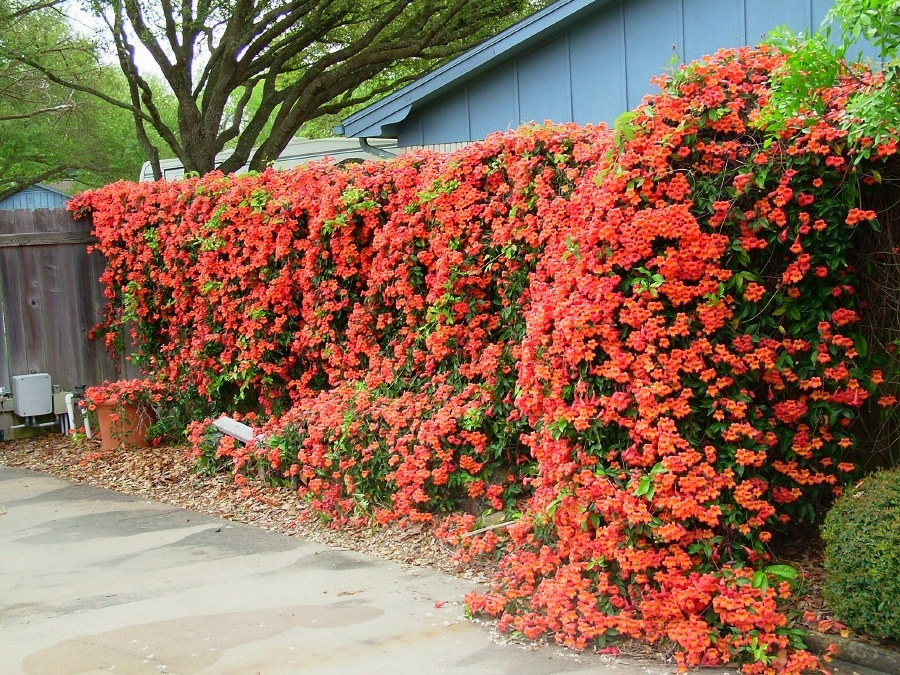
Trumpet Vine (Campsis radicans) is a vigorous, deciduous vine that produces showy, trumpet-shaped flowers in shades of red, orange, or yellow. Hummingbirds are especially drawn to the nectar-rich flowers of the Trumpet Vine. It requires full sun to partial shade and well-drained soil. However, it can be an aggressive grower, so consider its placement carefully.
26. Foxglove
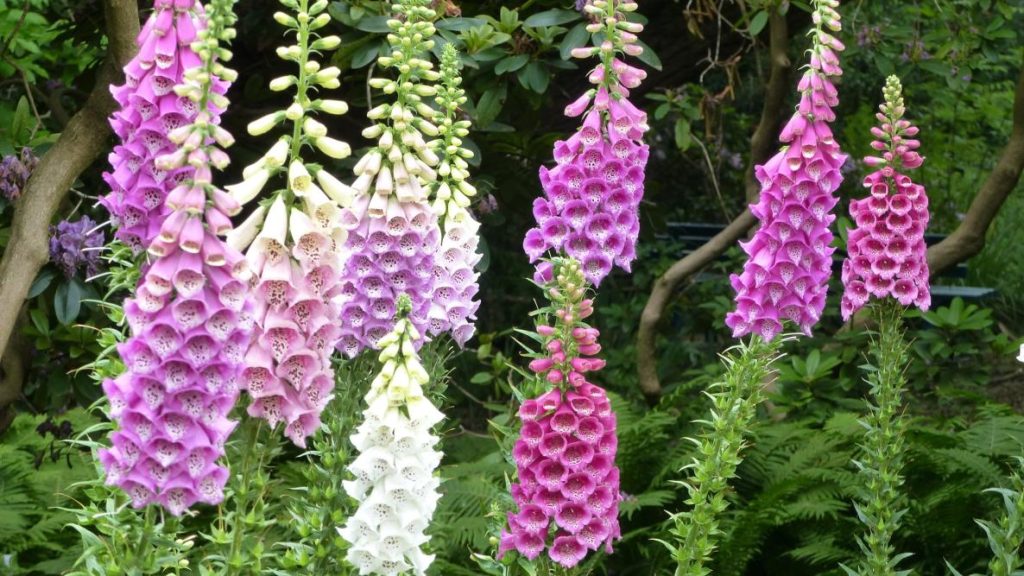
Foxglove (Digitalis purpurea) is a biennial or short-lived perennial plant that produces tall spikes adorned with tubular flowers. The flowers can be found in various shades, including white, pink, purple, and yellow. Foxgloves are pollinated by hummingbirds, and their bell-shaped flowers provide a good nectar source. They prefer partial shade and moist, well-drained soil.
27. Scarlet Sage
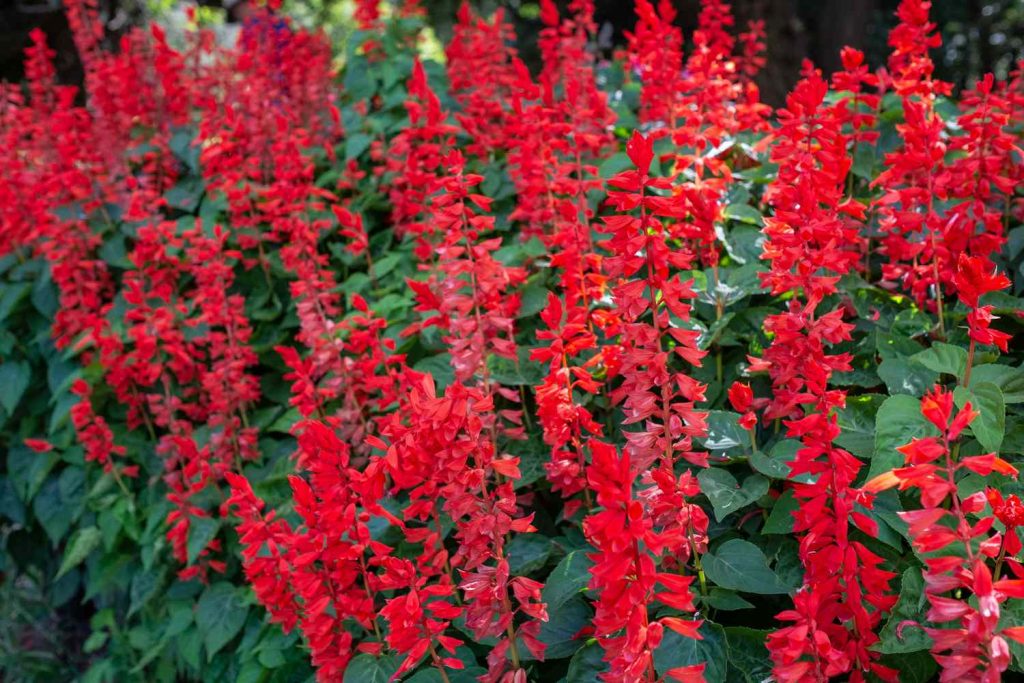
Scarlet Sage (Salvia coccinea) is an annual or short-lived perennial known for its vibrant red flowers that hummingbirds love. It produces multiple flower spikes with tubular blooms from spring to fall. Scarlet Sage thrives in full sun to partial shade and well-drained soil. Deadheading spent flowers can encourage more blooms.
28. Hollyhock
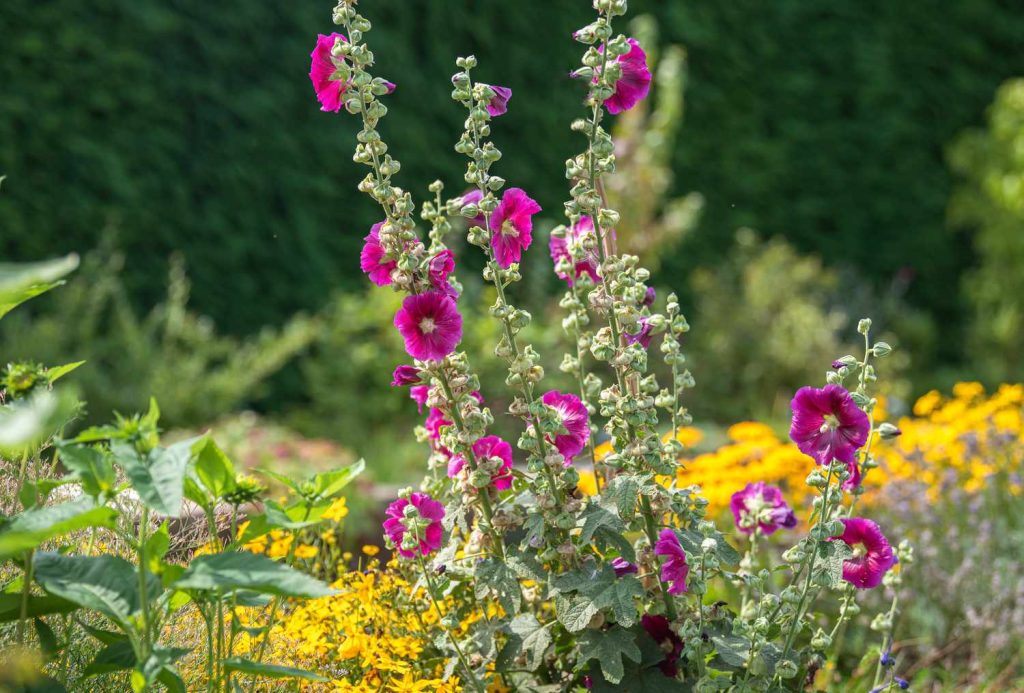
Hollyhock (Alcea rosea) is a tall, herbceous biennial or short-lived perennial that adds vertical interest to gardens. It produces large, showy flowers in various colors, including shades of pink, purple, yellow, and white. The nectar-filled flowers attract hummingbirds and other pollinators. Hollyhocks prefer full sun and well-drained soil.
29. Pineapple Sage
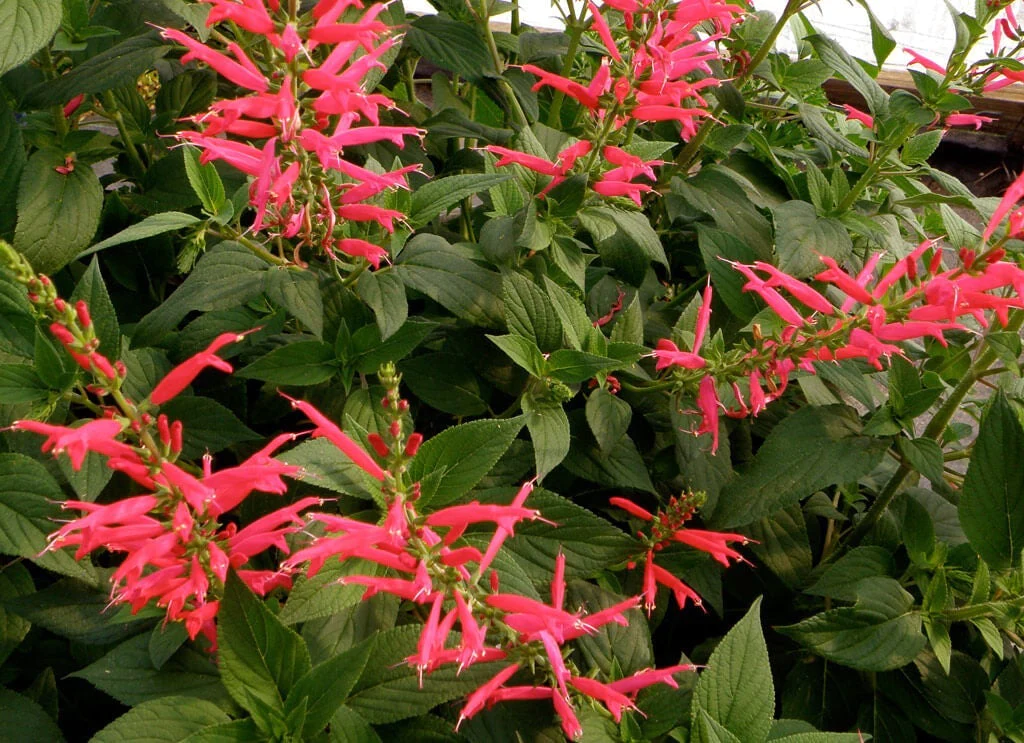
Pineapple Sage (Salvia elegans) is a tender perennial herb that releases a delightful pineapple fragrance when its leaves are rubbed. It produces brilliant red tubular flowers that hummingbirds find irresistible. Pineapple Sage prefers full sun and well-drained soil. In colder regions, it is often grown as an annual or brought indoors during winter.
30. Bleeding Heart
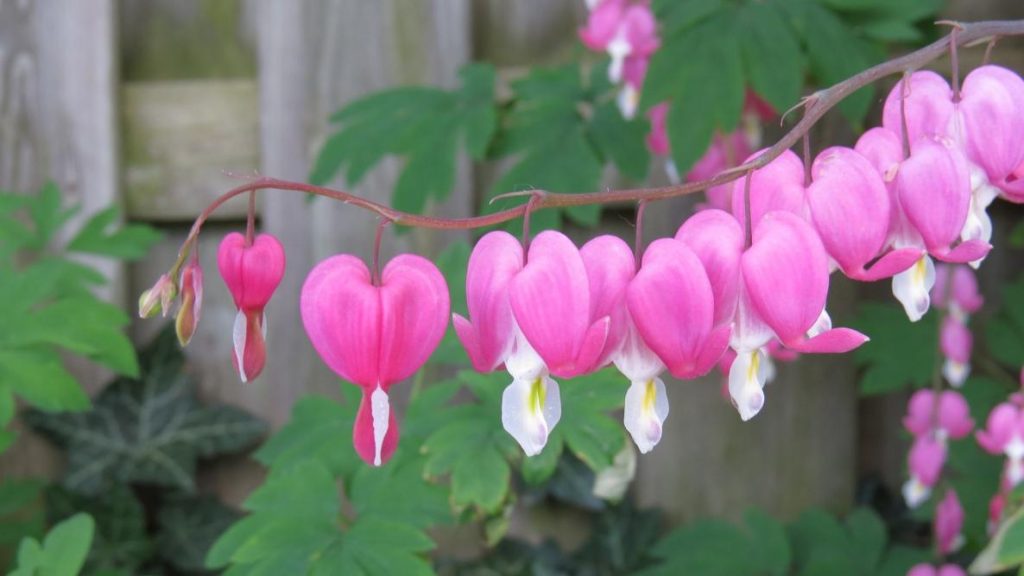
Bleeding Heart (Lamprocapnos spectabilis) is a perennial plant known for its unique heart-shaped flowers that dangle from arching stems. The flowers come in shades of pink, red, and white and provide a nectar source for hummingbirds. Bleeding Heart prefers partial shade and moist, well-drained soil. It goes dormant in summer, so plant it alongside other perennials to fill the space.
31. Anise Hyssop

Anise Hyssop (Agastache foeniculum) is a perennial herb valued for its aromatic foliage and attractive flower spikes. The tubular flowers come in shades of purple, pink, or white and are highly attractive to hummingbirds and butterflies. Anise Hyssop prefers full sun and well-drained soil. It is drought-tolerant and can thrive in dry conditions.
32. Painted Lady
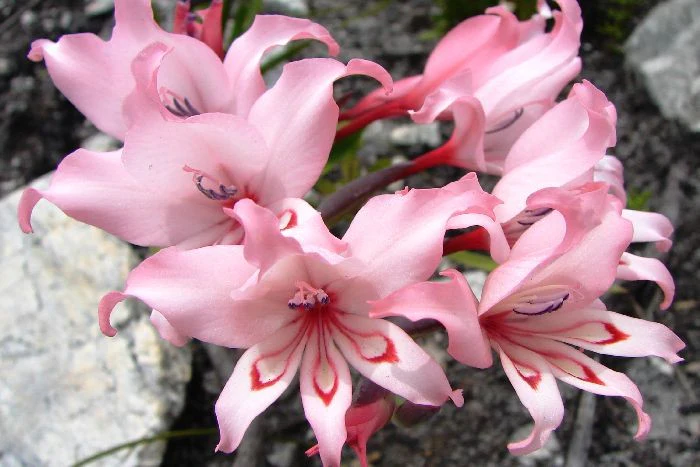
Painted Lady (Salvia viridis) is an annual flowering plant that produces vibrant flower bracts in various colors, including shades of pink, purple, and white. These bracts surround small, inconspicuous flowers, but they provide a nectar source for hummingbirds and other pollinators. Painted Lady prefers full sun and well-drained soil. It is often grown from seeds and can self-sow for future seasons.
These are just a few examples of plants that attract hummingbirds. Remember to provide a variety of flowering plants that bloom at different times to sustain these beautiful birds throughout the season.
